Cubism: Why Everything Looks Like It's Made of Boxes
Author:
GeorgeUpdated:
28.03.2025


- Key Takeaways
- What Is Cubism, Really?
- How Cubism Was Born
- Picasso & Braque: The Rebels Who Changed the Rules
- 5 Famous Cubist Paintings You Should Know
- 1.1. Les Demoiselles d’Avignon (1907) – Pablo Picasso
- 2.2. Violin and Candlestick (1910) – Georges Braque
- 3.3. Portrait of Pablo Picasso (1912) – Juan Gris
- 4.4. Woman with a Guitar (1913) – Georges Braque
- 5.5. Three Musicians (1921) – Pablo Picasso
- 1.
- Cubism's Influence on Modern and Contemporary Art
- 6.Laying the Groundwork for Abstraction
- 7.Connections to Futurism, Constructivism, and More
- 8.Cubism in Graphic Design, Architecture, and Fashion
- 6.
Have you ever looked at a painting and thought, “Wait… what is this supposed to be?”
That’s exactly how people felt when they first saw Cubist art. It didn’t look real. Faces were made of triangles. Guitars looked like puzzles. It was totally different from the pretty, realistic paintings everyone was used to.
At first, people thought Cubism was strange, even ugly. But that’s the point.
Artists like Pablo Picasso and Georges Braque didn’t want to copy the real world. They wanted to rebuild it — showing things from more than one angle at once.
As Picasso once said,
“I paint objects as I think them, not as I see them.”
That wild idea started an art revolution.
Cubism broke the rules and opened the door to modern art. Let’s dive into how it happened, who made it famous, and why it still matters today.
Key Takeaways
Cubism is an art movement that broke away from traditional, realistic painting.
Instead of showing one view, Cubist artists showed objects from many angles at once.
Pablo Picasso and Georges Braque started Cubism in the early 1900s.
Cubism has two main phases: Analytical (more complex and muted) and Synthetic (more colorful and playful).
Famous Cubist paintings include Les Demoiselles d’Avignon and Three Musicians.
Cubism influenced many other art movements like Futurism and Constructivism.
Its ideas spread into design, architecture, fashion, and even music visuals.
Cubism encourages us to see things differently — not just how they look, but how they feel or connect.
What Is Cubism, Really?
Cubism is one of those art styles that stops you in your tracks. At first glance, it might look confusing. Faces are twisted into sharp angles, people are made of shapes, and objects look like they’ve been broken into pieces and put back together — but not quite in the right order.
Cubism wasn’t about how things looked—it was about how artists thought about them. Instead of showing one single view of something, Cubist artists showed multiple sides all at once. Imagine taking a photo of a coffee cup from every angle—then cutting them up and reassembling them like a puzzle. That’s Cubism. It was like turning something inside out and flattening it onto a canvas.
This wild new way of seeing started in the early 1900s, when two friends — Pablo Picasso and Georges Braque — decided they were tired of realistic, traditional art. They wanted to experiment. They wanted to break the rules. And they did. Along the way, they inspired a movement that would completely change how we think about art.
Cubism didn’t just look different. It was different — and it opened the door to modern art as we know it today.

How Cubism Was Born
Before Cubism came along, most paintings were all about realism. Artists focused on making things look as true-to-life as possible — with perfect perspective, light, and shadow. A portrait looked like a photograph. The landscape felt like you could walk right into it. This had been the standard for hundreds of years.
But by the early 1900s, the world was changing fast. Cities were growing, machines were taking over, and people were seeing life in a whole new way. Some artists started to wonder: Why should we keep painting style the same way? What if art could show how we think, not just what we see?
One artist who really shook things up was Paul Cézanne. He started simplifying nature into basic shapes — cylinders, spheres, cones. He didn’t worry about making everything look perfectly realistic. His bold approach inspired others to break away from tradition.
Picasso was also influenced by African masks and sculptures. These artworks had strong, simple forms that didn’t try to copy real life — they aimed to capture something deeper. That idea really stuck with him.
So when Picasso and Georges Braque met, the timing was perfect. They were both ready to challenge the old rules and create something totally new. And just like that, Cubism was born — not out of nowhere, but from a world that was ready for change.
Picasso & Braque: The Rebels Who Changed the Rules
At the heart of Cubism were two artists who didn’t just break the rules — they rewrote them. Pablo Picasso and Georges Braque weren’t just painters; they were innovators, constantly pushing each other to think differently. Their friendship was more like a creative partnership, where every painting sparked a new idea in the other.
It all began when Picasso painted Les Demoiselles d’Avignon in 1907 — a bold, strange, and shocking piece that looked nothing like traditional art. The women in the painting were made of sharp angles and mask-like faces. Some people hated it, others were amazed — but no one could ignore it.
When Braque saw it, he didn’t turn away. He leaned in. Inspired by Picasso’s wild approach, he began experimenting too. Together, they started breaking objects down into basic shapes, flattening space, and showing different angles all at once. This became known as Analytical Cubism. It was like nothing anyone had seen before.
Their color palettes were often muted — browns, greys, and earth tones. This was because they wanted viewers to focus on structure, not decoration. They painted things like guitars, bottles, and chairs. They turned everyday objects into complex visual puzzles.
One of Braque’s key works, Violin and Candlestick, shows how far they were willing to go. The objects are barely recognizable at first, but the more you look, the more it makes sense. It is like decoding a visual language.
Together, Picasso and Braque built the foundation of Cubism. They weren’t painting what they saw. They were painting what they knew — and that changed everything.
5 Famous Cubist Paintings You Should Know
Cubism isn’t just an art movement — it’s a gallery of bold, brain-bending masterpieces. These paintings didn’t just break the rules; they invited viewers to look at the world in a completely new way. Here are some of the most iconic Cubist works, and what makes them so unforgettable.
1. Les Demoiselles d’Avignon (1907) – Pablo Picasso
This is the painting that shook the art world to its core. In Les Demoiselles d’Avignon, Picasso didn’t just break the rules — he smashed them. Five female figures stare out at the viewer, their bodies twisted into sharp, angular forms. Their faces are inspired by African and Iberian masks, giving them a mysterious, otherworldly look.

People were shocked when they first saw it — some even called it ugly. But Picasso wasn’t trying to please. He was trying to change how we see. This oil painting was a turning point that helped launch Cubism and revolutionize modern art.
2. Violin and Candlestick (1910) – Georges Braque
Georges Braque took Cubism into new territory with this painting. Violin and Candlestick may look chaotic at first, but it’s actually carefully constructed. Instead of showing the objects from one angle, Braque splits them apart and shows different sides at the same time. It’s a perfect example of Analytical Cubism, where objects are deconstructed into overlapping planes of browns, greys, and soft light.

There’s no clear light source, no traditional background — just layers of shapes and forms, asking the viewer to slow down and piece the scene together like a puzzle.
3. Portrait of Pablo Picasso (1912) – Juan Gris
While Picasso and Braque focused on muted tones and complex breakdowns of form, Juan Gris brought something new: clarity and color. In Portrait of Pablo Picasso, he uses sharp lines and brighter hues to build a stylized image of his friend and fellow Cubist.

This portrait belongs to the Synthetic Cubism phase, where artists began reintroducing color, texture, and collage elements. Gris’s work feels more structured and readable, but still playful and abstract. It’s a tribute to Picasso, and a great example of how Cubism could be both personal and precise.
4. Woman with a Guitar (1913) – Georges Braque
In this work, Braque returns to one of Cubism’s favorite subjects: the guitar. But here, the instrument is almost hidden within a delicate layering of shapes and soft tones. Woman with a Guitar is a beautiful blend of structure and suggestion — you can just make out the curves of the guitar and the outline of the woman holding it.

The colors are earthy and muted, with subtle textures that give the painting depth without overwhelming the viewer. It’s quiet, thoughtful, and shows how Cubism can be just as much about feeling as it is about form.
5. Three Musicians (1921) – Pablo Picasso
Bright, bold, and full of life, Three Musicians is one of the most famous examples of Synthetic Cubism. Unlike earlier Cubist works, this painting is colorful and flat, almost like a collage made from cut paper. Picasso portrays three figures — a clarinetist, a guitarist, and a singer. He uses large blocks of color and sharp, geometric shapes.

There’s joy and rhythm in the scene, even though the figures don’t look realistic at all. This painting shows Picasso at his most playful. He proved that Cubism didn’t have to be serious or somber — it could be fun, musical, and full of energy.
Cubism's Influence on Modern and Contemporary Art
Cubism didn’t just change how artists painted — it completely shifted how people thought about seeing. Once Picasso and Braque cracked the door open, a flood of new ideas followed. Cubism gave artists the freedom to break apart reality and rebuild it in bold, creative ways. That ripple effect is still being felt today, in all kinds of unexpected places.
Laying the Groundwork for Abstraction
Before Cubism, most art aimed to represent the world as it appeared. But Cubism said: What if we show how things feel, or how we think about them? That mindset paved the way for pure abstraction — where shapes, colors, and lines could stand alone without needing to "represent" anything at all. Artists like Kandinsky, Mondrian, and Malevich took that idea and ran with it. They created entire movements where traditional subjects disappeared completely.
Connections to Futurism, Constructivism, and More
Cubism’s influence didn’t stop with painting. It directly inspired Futurism in Italy, a movement that focused on speed, technology, and motion. The fractured forms and dynamic angles of Cubism were perfect for capturing the energy of the modern world.
In Russia, Constructivism took Cubist geometry and applied it to design, sculpture, and propaganda art. Artists believed that abstract forms could build a better society — quite literally shaping buildings, posters, and everyday objects with clean, sharp design.
Even Dada and Surrealism were influenced by Cubism’s rebellious attitude. Once the rules were broken, the possibilities were endless.
Cubism in Graphic Design, Architecture, and Fashion
The bold, fragmented look of Cubism found its way into graphic design, especially in the use of collage, typography, and layout. Designers began playing with space and layering elements in ways that still echo in today’s posters, album covers, and digital media.
In architecture, Cubism inspired buildings with sharp angles, intersecting planes, and a sculptural feel. It also showed up in interior design, furniture, and textiles that emphasized abstract forms and asymmetry.
Even in fashion, Cubism left its mark. Designers like Sonia Delaunay created dresses, prints, and accessories based on Cubist patterns — turning the human body into a walking work of abstract art.
Cubism started with two artists asking: What if we saw things differently? A century later, their answer is still shaping the way we create — from galleries and graphic design studios to runways and skylines.
Conclusion
Cubism wasn’t just a new art style — it was a new way of thinking. It challenged the idea that there’s only one way to look at something. Instead of showing the world as flat and fixed, Cubism encouraged people to see from multiple angles, to break things apart, and to put them back together in bold new ways.
That mindset doesn’t just apply to art. It’s a powerful reminder in everyday life, too: there’s always more than one side to the story. What we see at first glance might not be the whole picture. Cubism teaches us to pause, explore, and look deeper — whether we’re looking at a painting, a person, or a problem.
As Georges Braque once said,
"I have never been interested in the object itself, but in the space that separates it from other objects."
That space — the in-between, the overlooked, the abstract — is where creativity lives. And that’s the true legacy of Cubism: it didn’t just change art. It changed how we see.
Frequently Asked Questions
What makes a painting Cubist?
A painting is considered Cubist if it shows its subject from multiple viewpoints, often using geometric shapes and a flattened, fragmented look. It usually avoids traditional perspective and realistic depth.
Why did Picasso use Cubism?
Picasso wanted to break away from traditional ways of representing reality. Cubism gave him a way to explore form, space, and structure in a new, more expressive way—free from the rules of perspective and realism.
What is the message of Cubist art?
Cubism encourages viewers to see the world in a new way—not just from one angle, but from many. It’s about showing the essence of a subject, rather than how it appears at a glance.
Which two were favorite subjects for Cubists?
Still life and the human figure were two of the most common subjects. Cubist artists loved to paint musical instruments, bottles, and faces—things they could break apart and rebuild visually.
What is the difference between Synthetic and Analytical Cubism?
Analytical Cubism (earlier phase) breaks objects down into fragmented, neutral-colored shapes.
Synthetic Cubism (later phase) uses brighter colors, simpler shapes, and often includes collage elements like newspaper or fabric.
Who are the main artists in Cubism?
The two founders of Cubism are Pablo Picasso and Georges Braque. Other notable Cubists include Juan Gris, Fernand Léger, and Jean Metzinger.
George, CEO of Photo2painting, is a passionate art lover and entrepreneur. He founded Photo2painting.com from scratch, inspired by his artist friends. As the company's CMO, he manages content and marketing.
Excellent Customer Reviews















































































































































